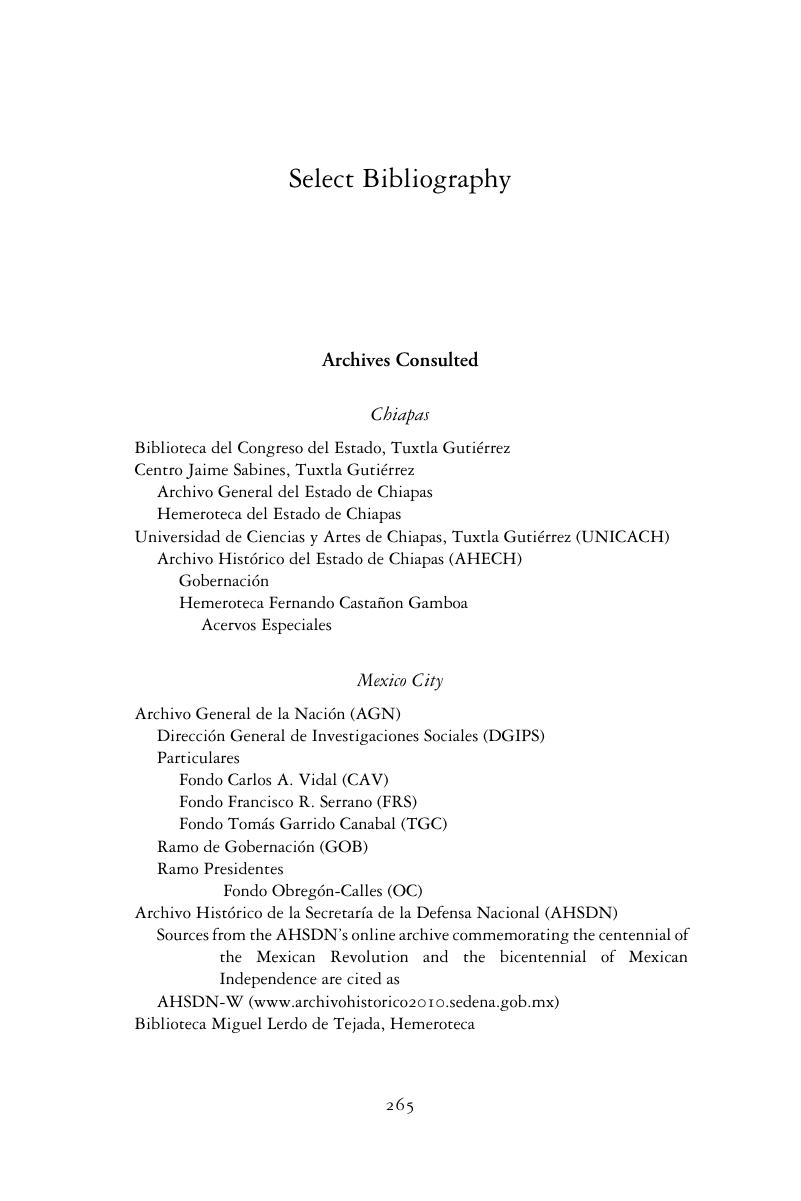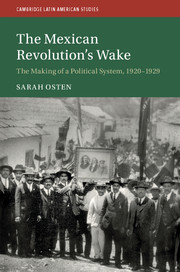Book contents
- The Mexican Revolution’s Wake
- Cambridge Latin American Studies
- The Mexican Revolution’s Wake
- Copyright page
- Dedication
- Contents
- Photographs
- Maps
- Acknowledgments
- Introduction Mexico’s Search for Peace and Postrevolutionary Political Institutions
- 1 The Socialist Crucible
- 2 Revolutionary Laboratories
- 3 Putting the System to the Test
- 4 A Harder Line
- 5 The Forgotten Revolution
- 6 Closing Ranks
- 7 A Nation of Parties
- Conclusion Hard Lessons
- Select Bibliography
- Index
- Series page
- References
Select Bibliography
Published online by Cambridge University Press: 19 February 2018
- The Mexican Revolution’s Wake
- Cambridge Latin American Studies
- The Mexican Revolution’s Wake
- Copyright page
- Dedication
- Contents
- Photographs
- Maps
- Acknowledgments
- Introduction Mexico’s Search for Peace and Postrevolutionary Political Institutions
- 1 The Socialist Crucible
- 2 Revolutionary Laboratories
- 3 Putting the System to the Test
- 4 A Harder Line
- 5 The Forgotten Revolution
- 6 Closing Ranks
- 7 A Nation of Parties
- Conclusion Hard Lessons
- Select Bibliography
- Index
- Series page
- References
Summary

- Type
- Chapter
- Information
- The Mexican Revolution's WakeThe Making of a Political System, 1920–1929, pp. 265 - 276Publisher: Cambridge University PressPrint publication year: 2018



